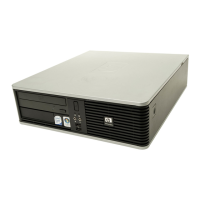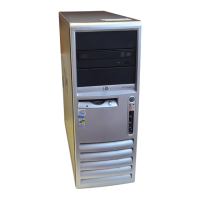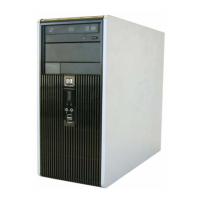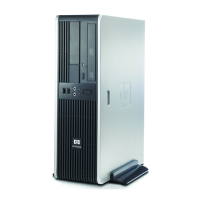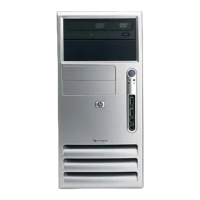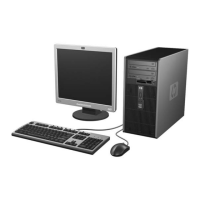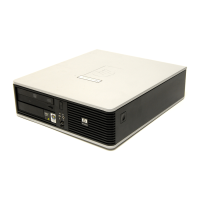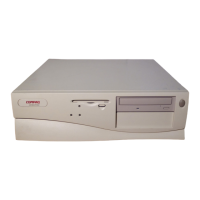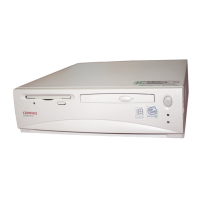20
code changes can be updated in the BIOS without having to change the entire BIOS. Binary file micro-
code image is uXX_MMmm.bin where the “u” indicates microcode, XX is the general BIOS family, MM is
major version, and mm is the minor version. Microcode updates can only be accomplished by using
Flashbin.exe utility.
Microcode update images are offered for the general BIOS family and can be applied to any particular
BIOS of that family. For example, microcode image u7D_0101.bin can be applied to any BIOS in the
786D family such as 786D1 or 786D2. Minor version numbers are incremented to indicate minimal
changes to the microcode typically involving an updated version of a previous released microcode. Major
version number changes indicate a greater degree of change to the microcode source such as the addi-
tion of a new processor microcode.
What does the BIOS binary image naming convention indicate?
Binary image format is XXX_MMmm.bin. The XXX portion indicates the BIOS family. The MM is the major
version number. The mm is the minor version number. The BIOS family is a collection of BIOS products all
originating from the same basic code source. For example, 7EX would indicate a BIOS image from the
786E BIOS family. Minor version numbers are incremented to indicate minimal changes to the BIOS
source code typically involving minor problem fixes. Major version number changes indicate a greater
degree of change to the BIOS source code such as new feature additions, additional hardware support,
or significant POST modifications.
Can I modify the BIOS POST splash screen?
The Image Flash (Flashi.exe) utility can be used to replace the POST splash image stored in the BIOS part
or save the current image. This DOS utility is typically provided for re-sellers who may want to be able to
put their own logo in place of the standard Hewlett-Packard image. Error checking is done to insure that
an image that does not meet the requirements above cannot be flashed into the ROM part. The utility
allows browsing through directories on the current disk. The images found can be viewed and a back-
ground color and a foreground color can be chosen from the colors in the image’s palette. The utility also
has a command line option to quickly flash a new image.
The image stored in the BIOS will be compressed with RLE4. If the image being flashed is already in
RLE4, the image flashed will be identical to the original except the second byte in the Bitmap Header will
be a checksum. If an uncompressed bitmap is flashed, the Image Flash Utility will encode it using RLE4
and save it. Therefore, when using the save (/s) feature to get the current image, the newly saved image
will be in RLE4 format, regardless of the format of the original image.
Usage to Flash Image:
Normal: Flashi.exe
Command Line Mode: Flashi.exe [Image_File] [Foreground_Color] [Background_Color]
The normal execution method will provide the user with additional interaction so that the image can be
selected from various files and a preview can be seen before the image is committed to the BIOS.
There is only a command line mode to save the current image. You cannot save the current image under
an existing file name.
Usage to Save Current Splash Image (command line only):
Command Line Mode: Flashi.exe /s name
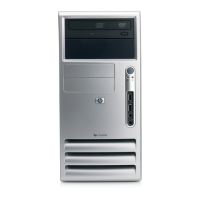
